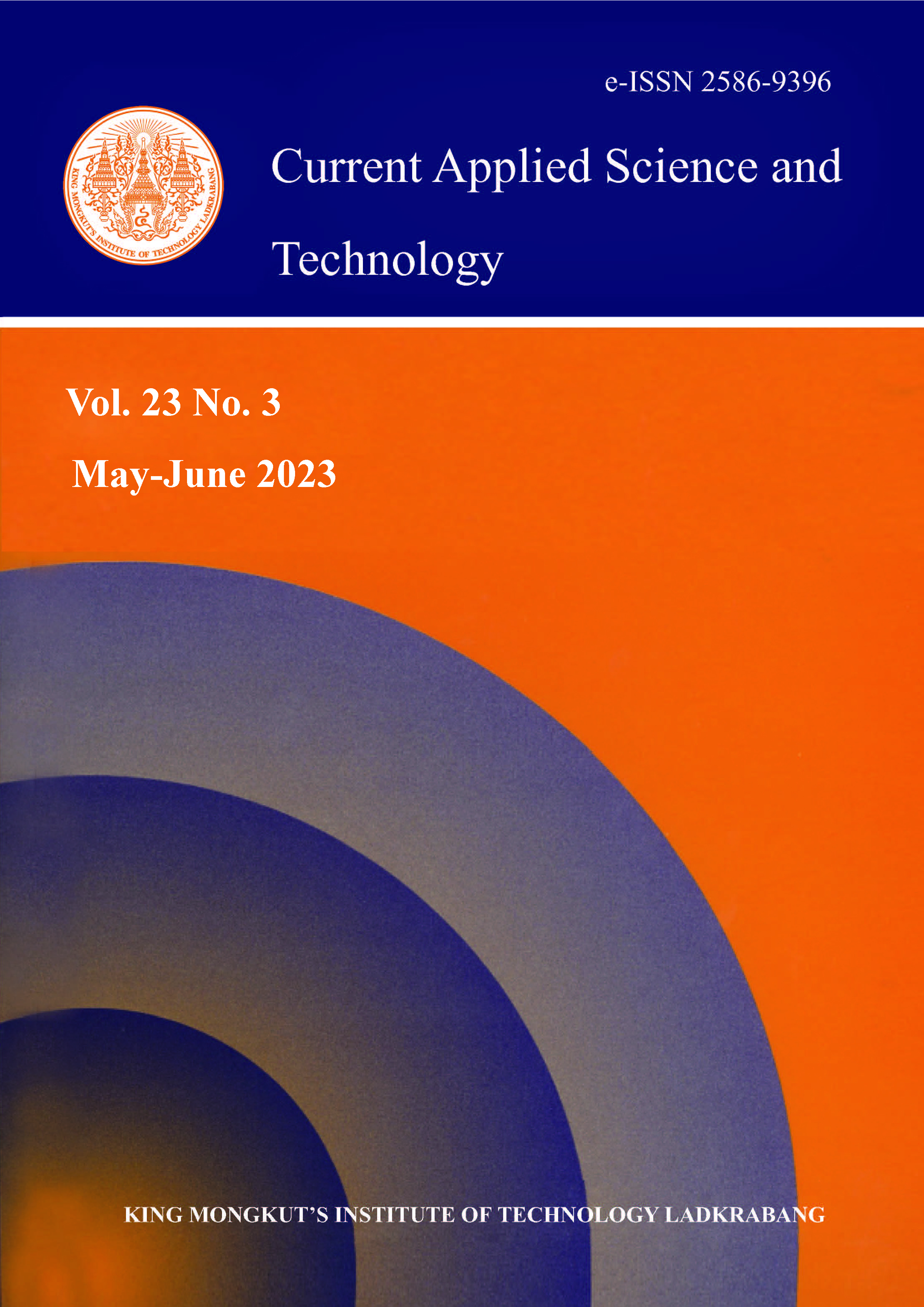Selection progress is one of the parameters of success in a plant breeding program. Selection with a pedigree approach made in early generation is intended to increase the mean value and reduce the variance of the selected population. This study aimed to determine the selection response from F2 to F3 in different locations, and to obtain transgressive segregant genotypes. The study was conducted from August 2018 to April 2019 at the IPB Tajur II Experimental Field (300 m asl), Bogor, West Java, Indonesia. The results showed a positive response for flowering time, fruit length, harvest time, fruit diameter, fruit weight per plant, fruit weight, and numbers of fruits. There was a big difference between the estimated value and the real value of selection response and realized heritability, which was most likely due to differences in the location of the experiment. Transgressive segregant was found in each observed character, but no genotype showed transgressive segregant criteria for all characters. The most transgressive segregant criteria were found in the F3GH3-248 genotype, for five of the seven characters observed.
Keywords: index selection; selection progress; transgressive segregant
*Corresponding author: Tel.: (0254) 281055 Fax: (0254) 282507
E-mail: kunto.wibisono@brin.go.id
Mawasid, F. P. undefined. ., Syukur, M. undefined. ., Trikoesoemaningtyas, , & Wibisono*, K. . (2022). Evaluation to Select Tomato Genotypes with Big Fruit and Verification of Genetic Advance. CURRENT APPLIED SCIENCE AND TECHNOLOGY, DOI: 10.55003/cast.2022.03.23.004 (14 pages). https://doi.org/10.55003/cast.2022.03.23.004


https://cast.kmitl.ac.th/doi/10.55003/cast.2022.03.23.004